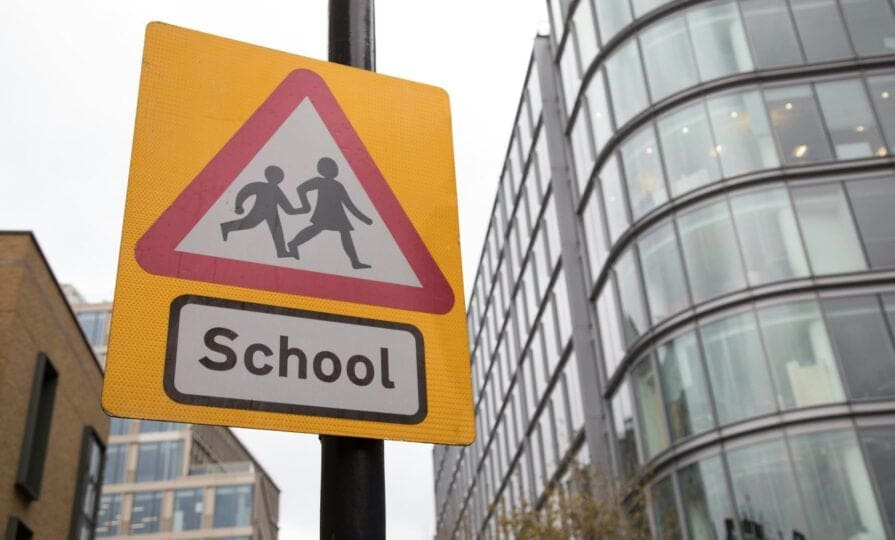DfE could face budget cut if treated as ‘unprotected’, IFS warns
By protecting schools and the 16-to-19 education budget in colleges, would require a more than 20% cut across areas such as adult education and apprenticeships

Register to get 1 free article
Reveal the article below by registering for our email newsletter.
Want unlimited access? View Plans
Already have an account? Sign in
The Institute of Fiscal Studies (IFS) has warned that if the Department for Education is treated as an ‘unprotected’ area, it could face a 3% real-terms cut to its budget over the upcoming Spending Review period.
Such a cut, which is equivalent to £2.6bn, would involve “difficult trade-offs”, according to the institute. Spreading the cut evenly would reduce school, college and adult education funding.
However, by protecting schools and the 16-to-19 education budget in colleges – as policymakers have often done – would require a more than 20% cut across areas such as adult education, apprenticeships and higher education support.
Safeguarding those particular areas could necessitate a reduction of up to 50% in other educational expenditures, potentially leading to the complete termination of initiatives like universal infant free school meals or the physical education (PE) and sport premium.
While the government has set out plans for overall departmental spending to grow by about 1.2% per year in real terms from now until 2029, after accounting for the likely cost of existing commitments on defense, healthcare and childcare, the IFS’ analysis suggests that ‘unprotected’ spending will fall by about 1% per year in real terms – or by about 3% in total.
This currently includes most spending by the Department for Education, excluding the early years and childcare.
According to the IFS, declining student enrollment in English schools suggests that maintaining the overall schools budget in real terms could lead to a 3% rise in per-pupil funding from now until 2029.
Conversely, safeguarding per-pupil funding would permit a £2bn – or 3% – reduction in school expenditure, aligning with the anticipated 3% decrease in unprotected public service spending during the same timeframe.
Since 2019-20, total school funding has grown by about £9bn or 16% in real terms. However, about half of this has been taken up by the growing costs of special educational needs provision, as well as rising employer costs, rising energy costs and increasing salary costs.
Excluding high-needs funding, mainstream school funding per pupil grew by 37% between 2019 and now. This compares with 38% growth in the costs faced by schools over the same period.
The government has pledged to recruit 6,500 additional teachers by the end of this Parliament, but it is also not yet clear how they would be split across primary schools, secondary schools and colleges.
The IFS has pointed to evidence that additional teachers are needed in secondary schools, with particular shortages in maths, science and languages.
That said, the need for additional teachers in further education colleges is even more acute. According to DfE estimates, between 8,400 and 12,400 additional teachers will be needed by 2028-29 relative to 2020-21 levels.
Meeting the 6,500-teacher pledge through colleges alone would fall short of the rising need for college teachers, the IFS also warns.
This high projected need is driven both by rising student numbers and by persistent recruitment and retention challenges. A key factor is pay: college teachers earn, on average, £7k (or 18%) less than their counterparts in schools.







